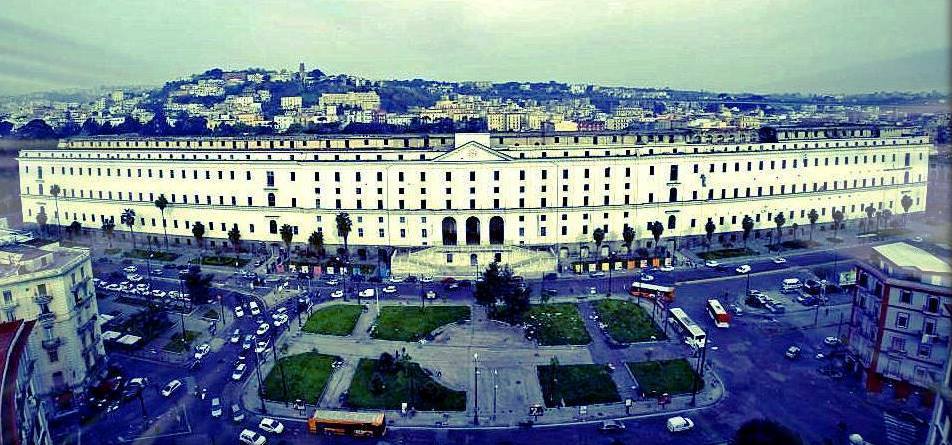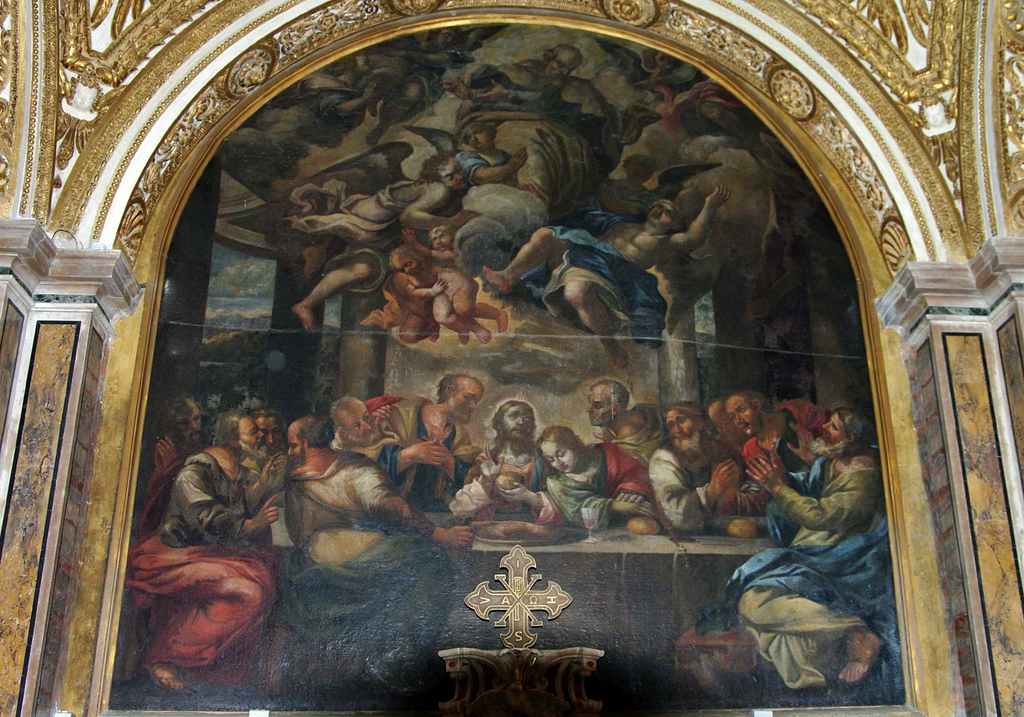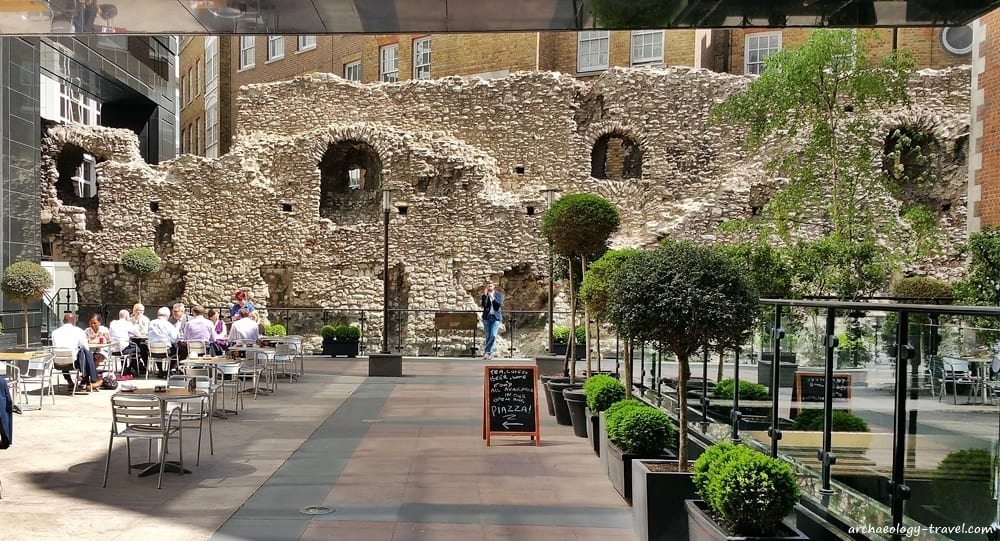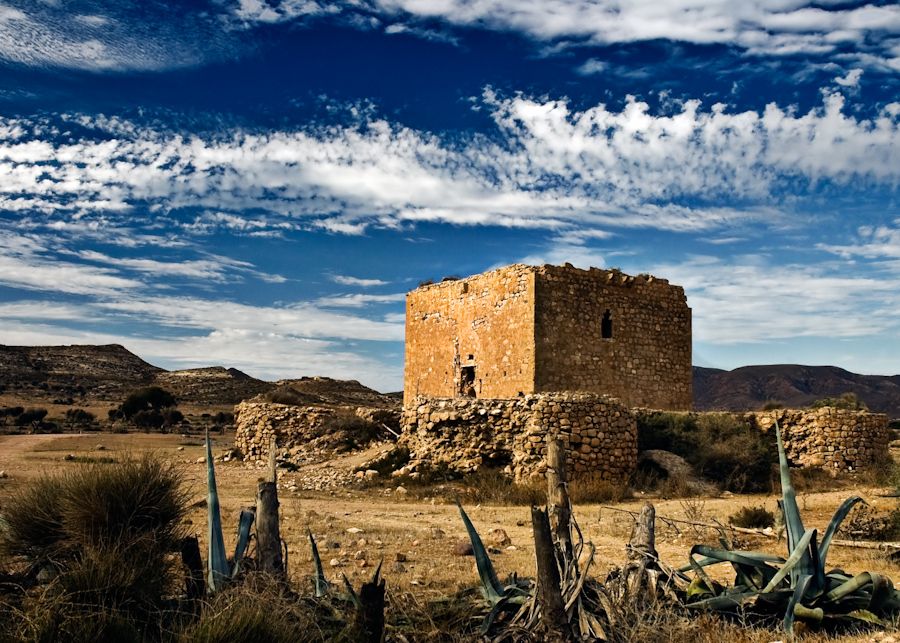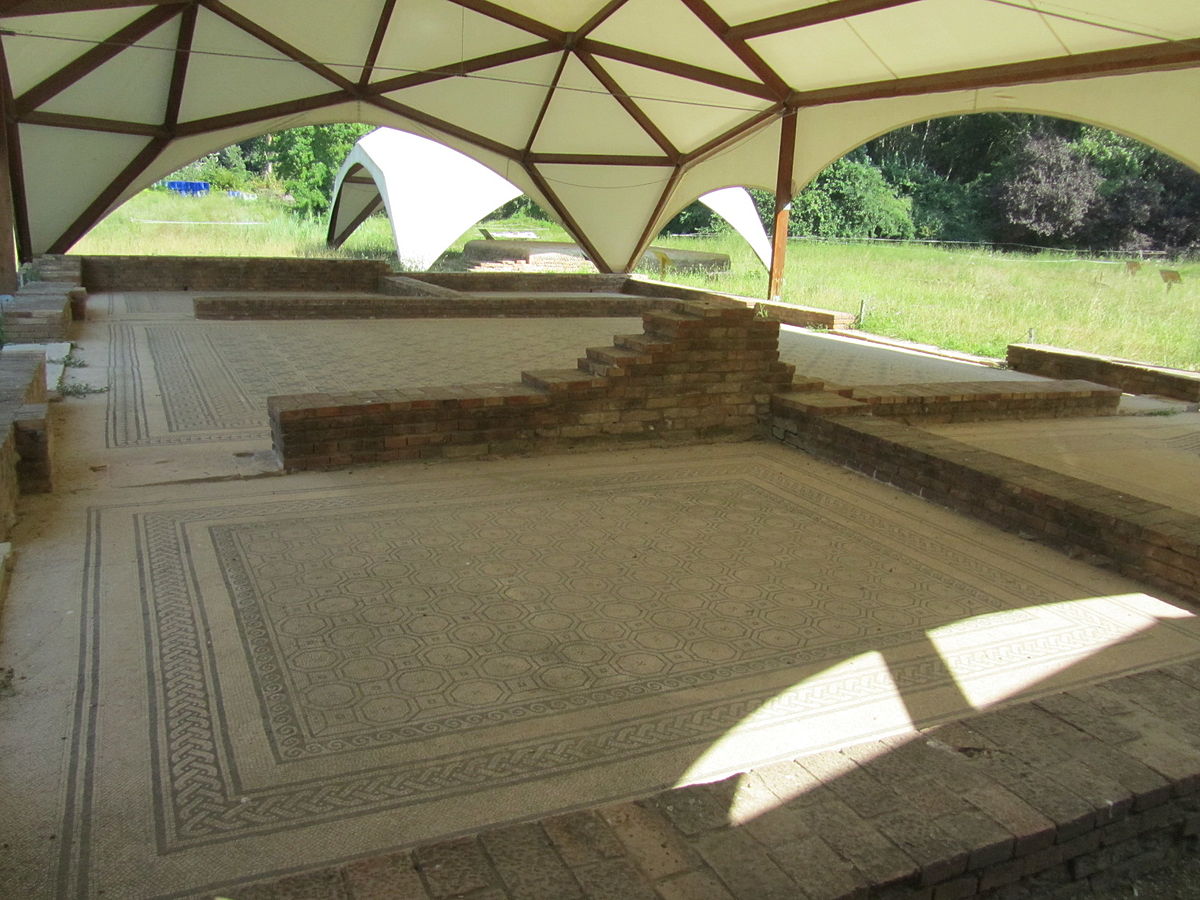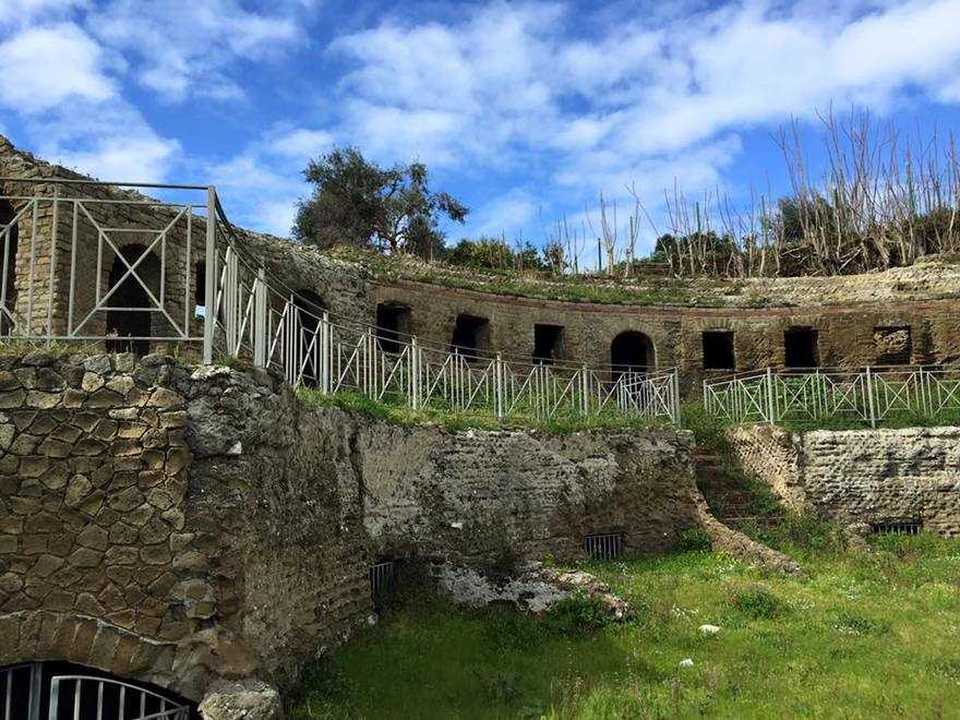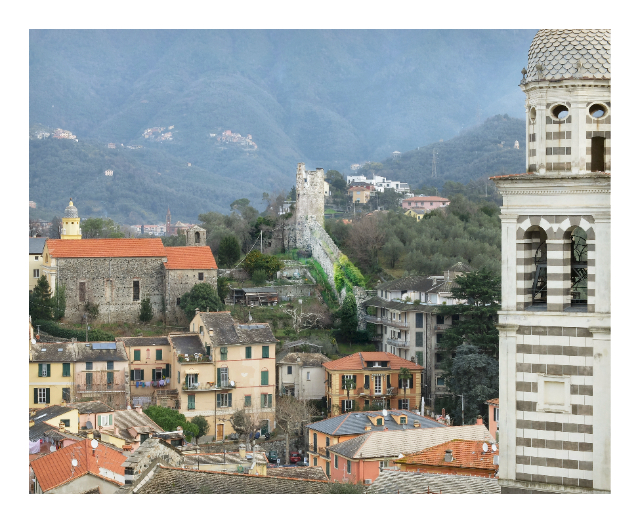n 1751 Charles III of Bourbon wanted to house in one large structure all the poor, orphans and beggars of the kingdom-one of the categories most dear to the King’s heart were the veterans who had returned mutilated: those who had served the Fatherland were entitled to be cared for and served themselves. The structure, also known as the Fuga Palace, ‘o Reclusorio and ‘o Serraglio, designed by architect Ferdinand Fuga, turns out to be the largest in Europe, despite the fact that, compared to the initial design, it was not quite complete.
The numbers of the monumental palace are among the largest in the world: the facade is over 350 meters long, 9 km of linear development of corridors, 430 plus rooms distributed on 4 levels, 8 meters the height of the most majestic hall and 100,000 square meters of usable area. What can we say, the largest monumental palace in Europe!
It is a symbol of the "enlightened piety" that led the work of the Bourbon rulers. A typical Enlightenment building, aimed at accommodating the Kingdom’s poorest population. The structure could accommodate about eight thousand subjects. The palace’s guests, divided by gender and age, were then guided on a path that would lead them to real training in the labor field.
As a juvenile observation center, it included two gardens, two gymnasiums, the infirmary, a refectory with a kitchen, a workshop, a handicraft workshop, an elementary and psychotechnical school, the educational directorate and vast dormitories where the guests slept.
This work, along with other projects, were to make Naples like a model Renaissance city.
Among the many activities this complex has covered over the years should be mentioned: music school, juvenile correction center, school for the deaf and dumb, prison and asylum, shelter for the dispossessed, shelter for lost women. All this without ever losing the original charitable imprint.
As for the reintegration program for the poor, it was articulated as follows: males devoted themselves to the study of grammar, mathematics, music, drawing or learning manual trades such as tailor, printer, shoemaker, weaver and mechanic; women, in addition to study, were trained in weaving and tailoring.
To support the expenses involved in such an entity contributed Charles, Queen Maria Amalia herself who donated her jewels, the Neapolitan people, religious bodies with considerable sums and donations of ecclesiastical property, all to the tune of one million ducats.
Its period of greatest splendor came under the direction of Antonio Sancio, who knew how to make the most of the intellectual and working abilities of the young people.
